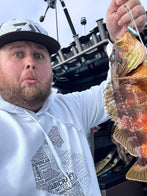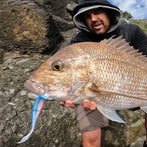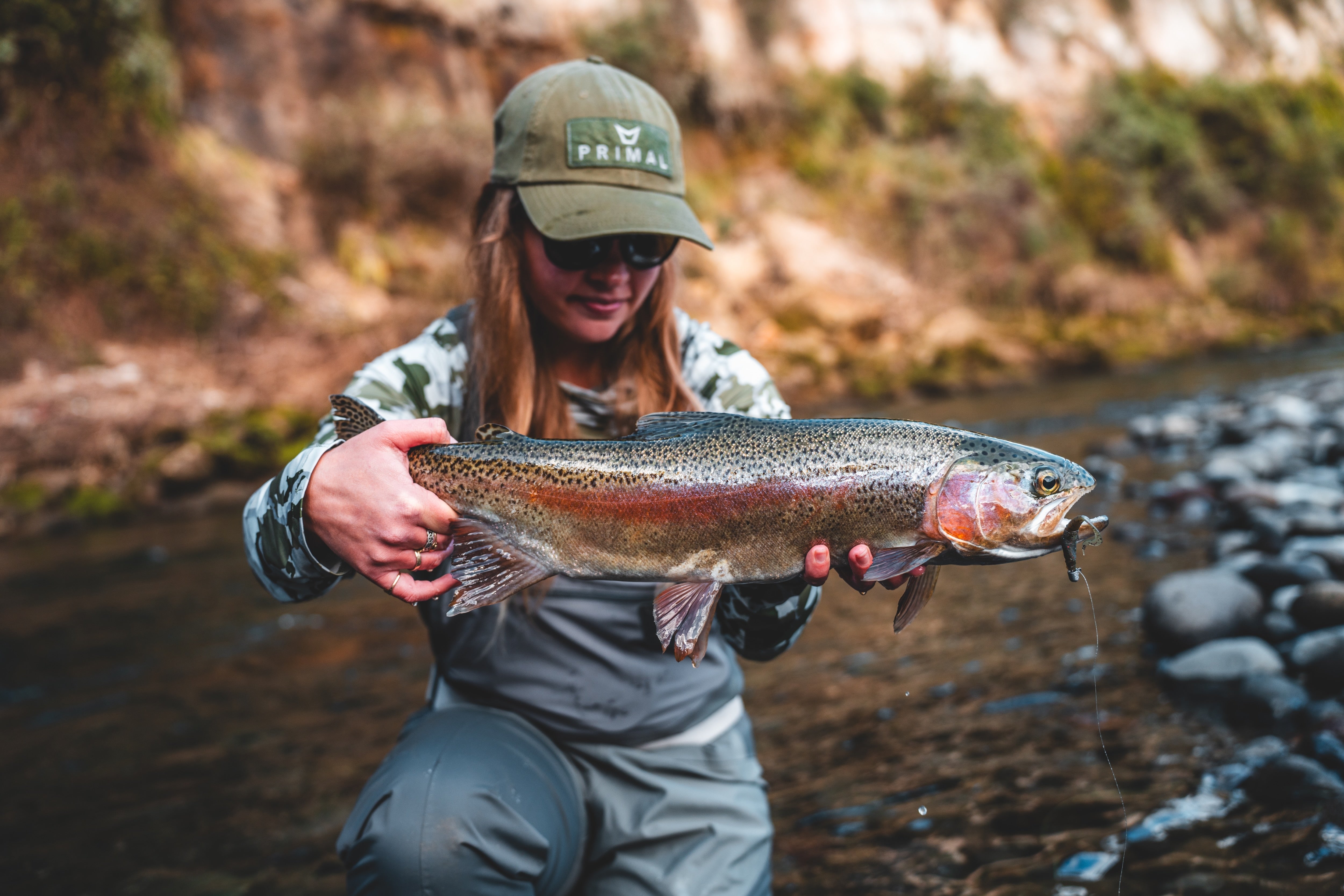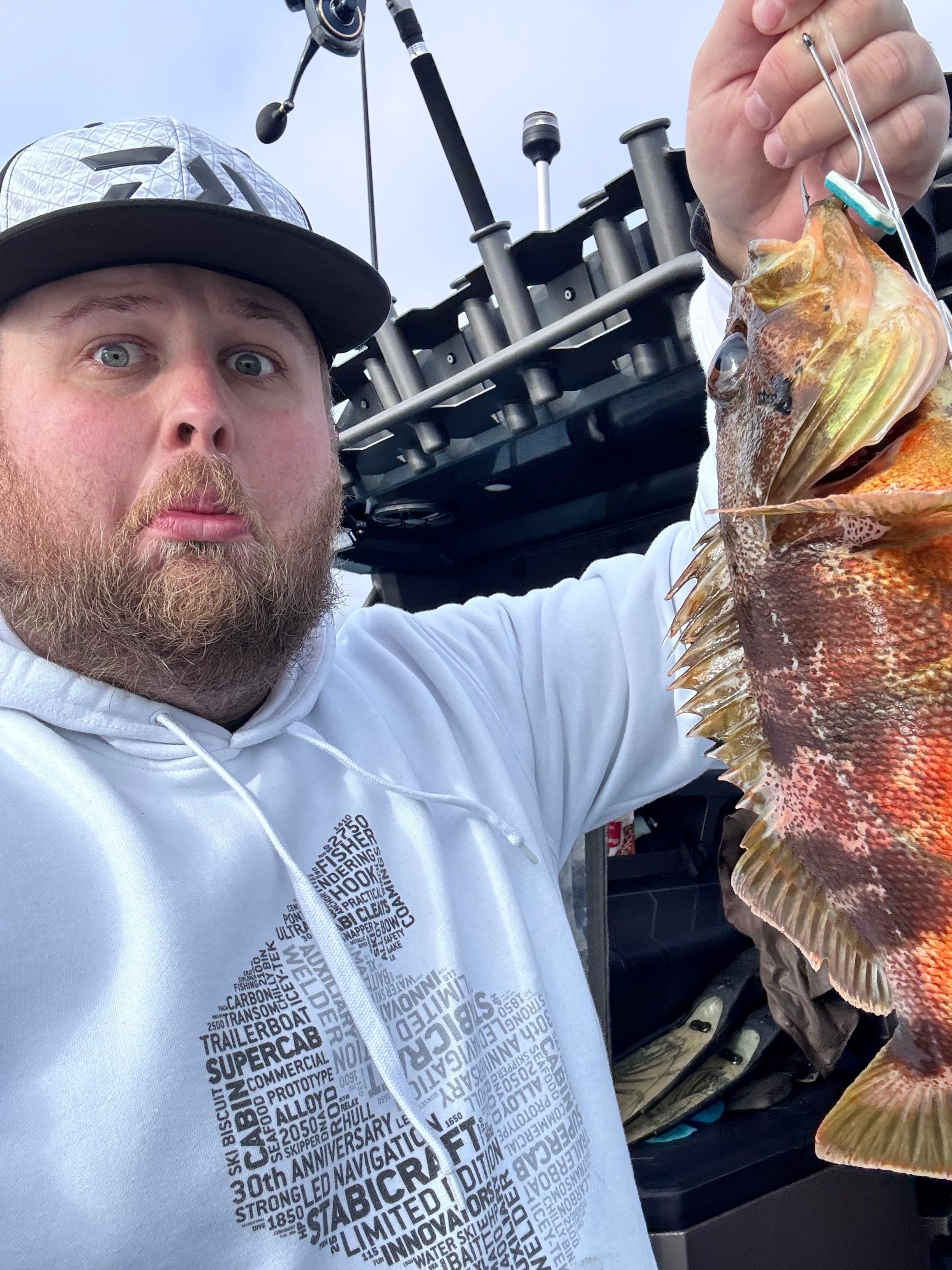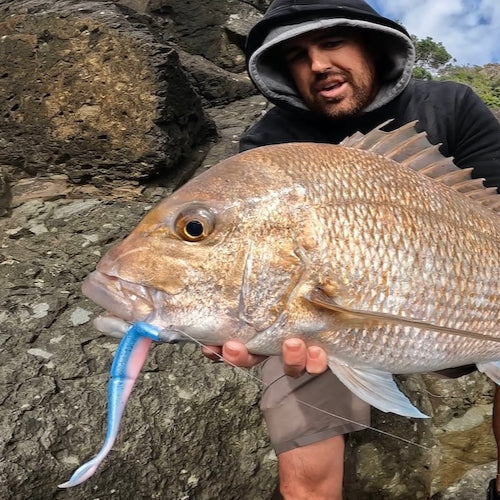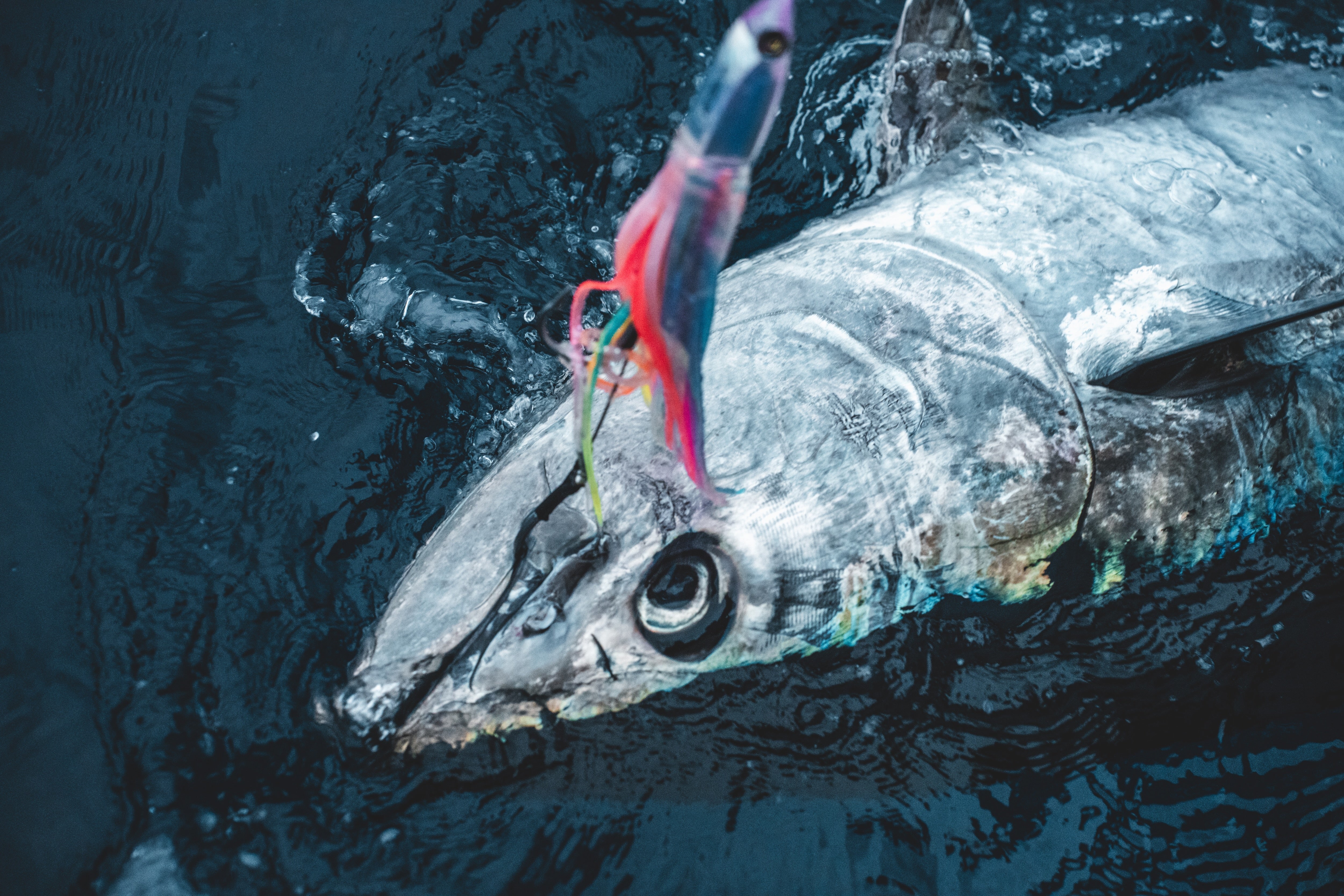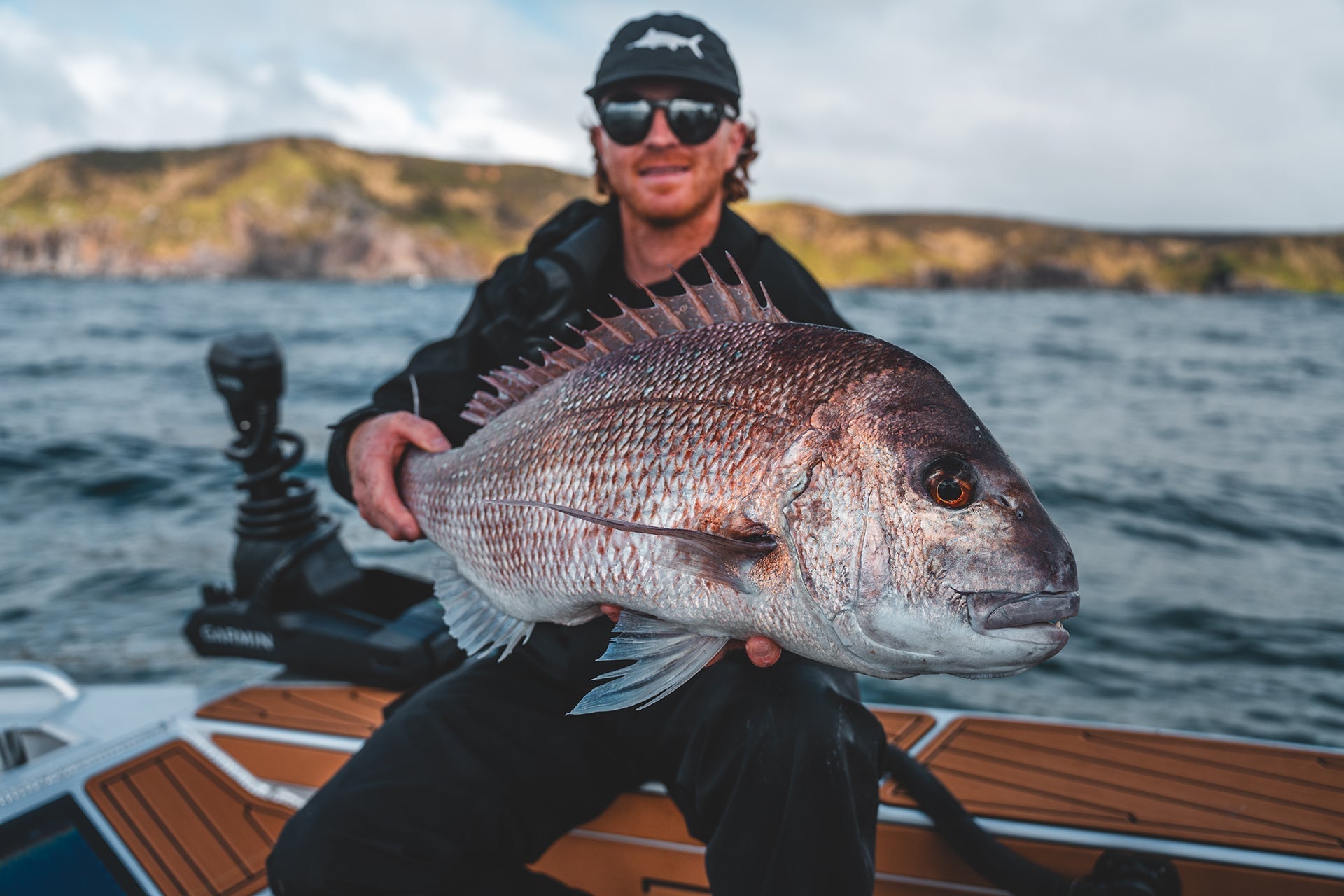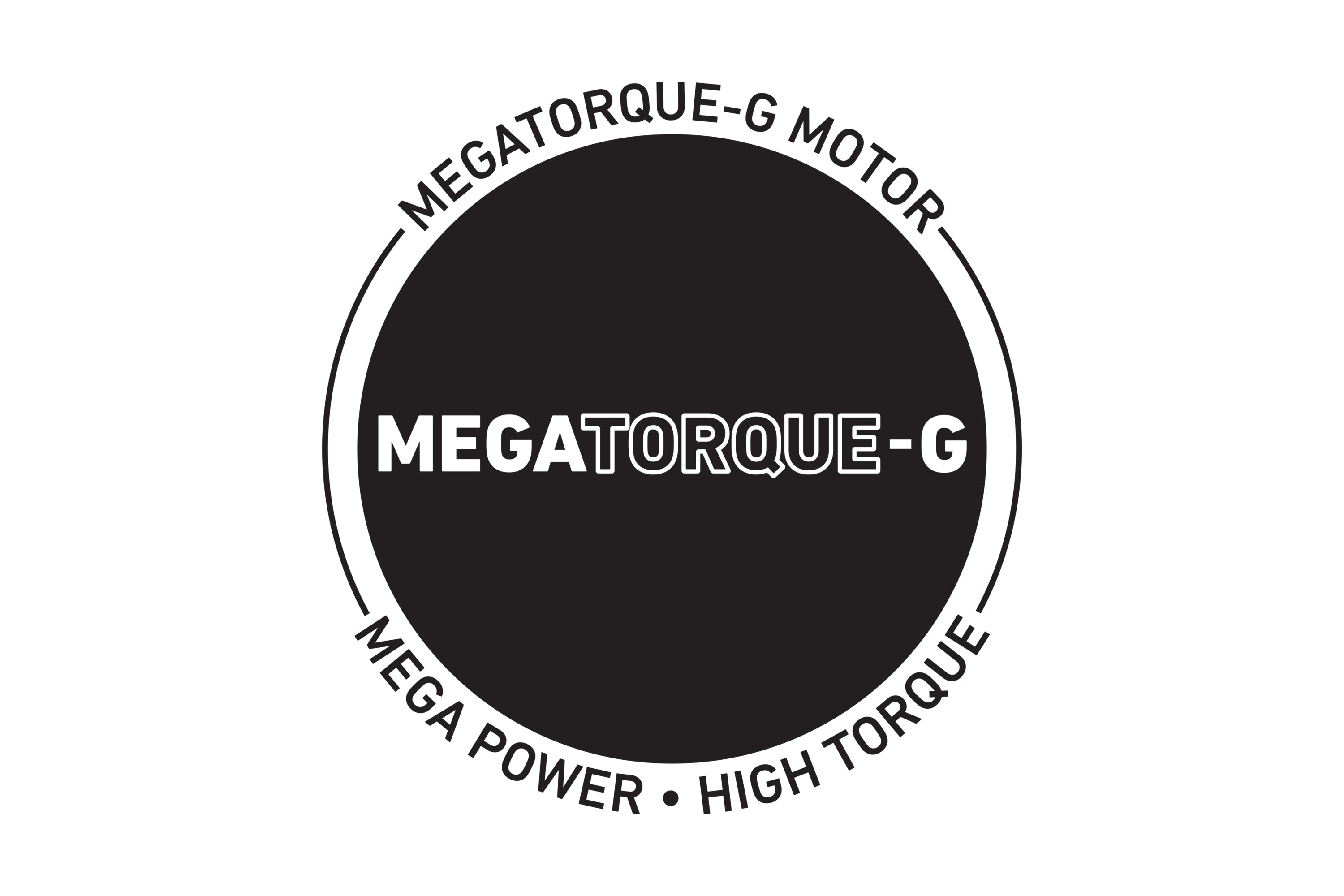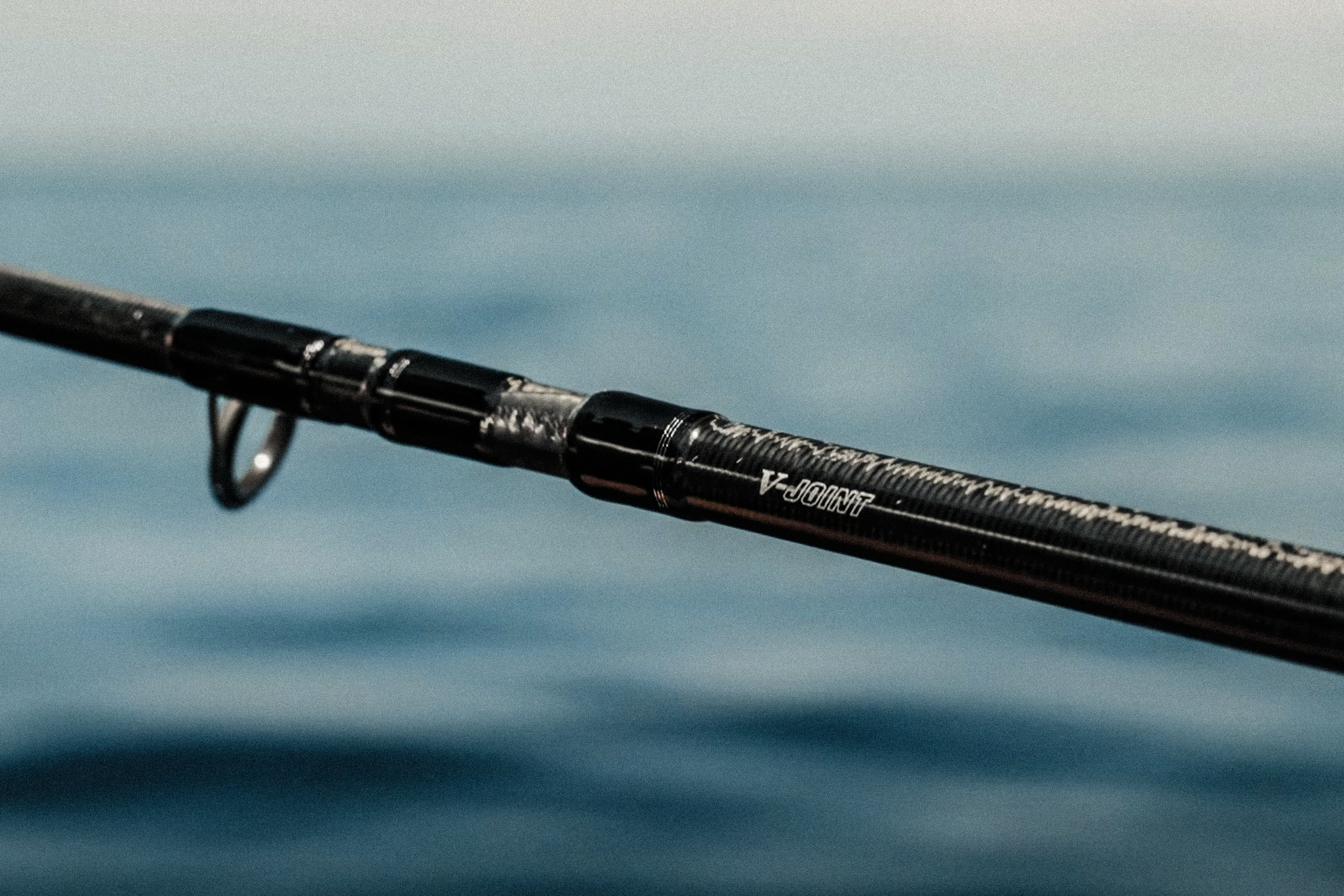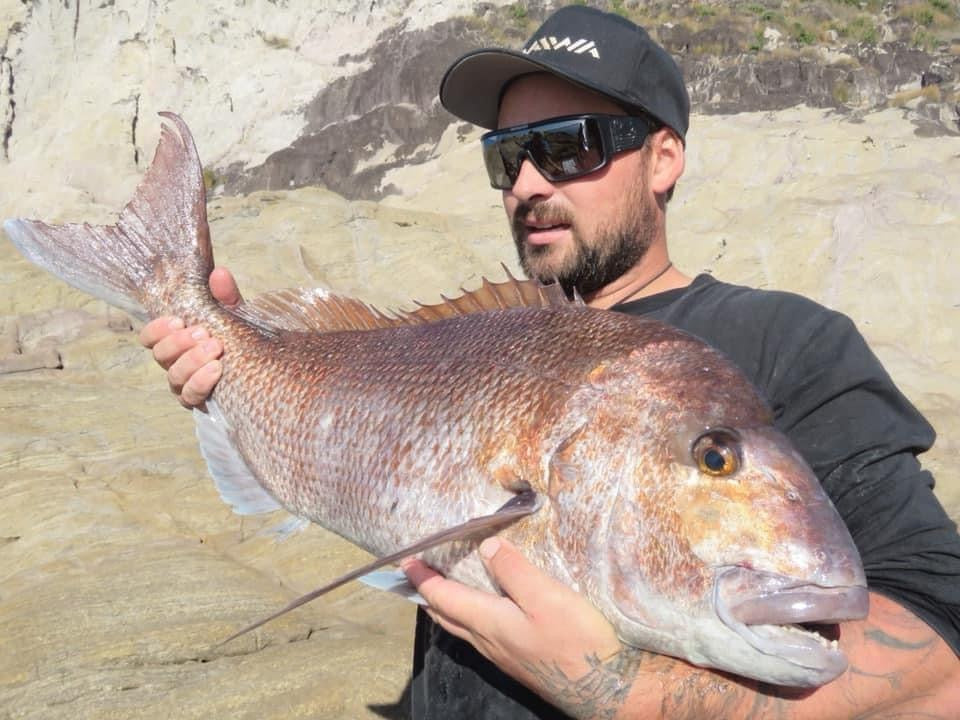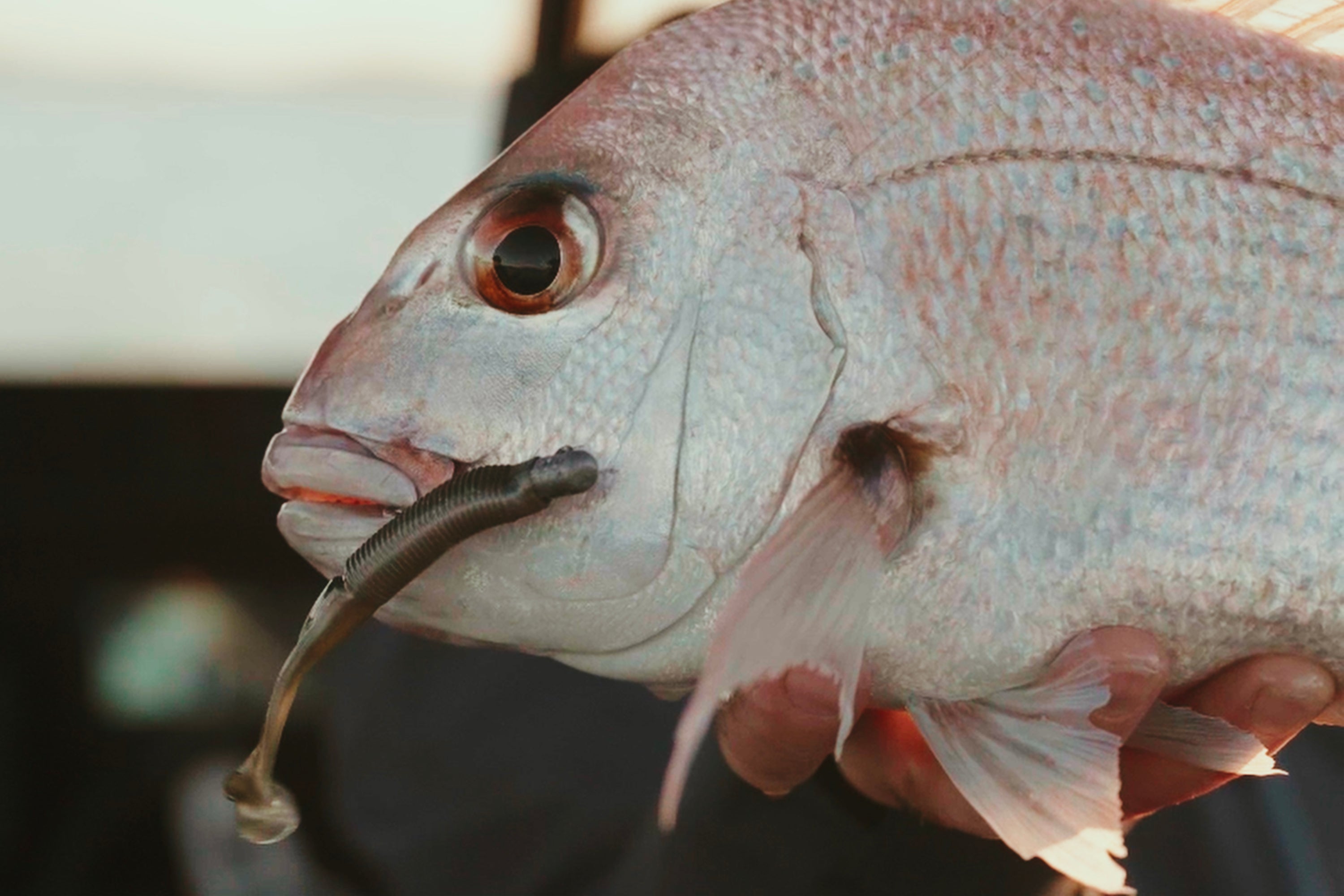Posted 27th June 2023
How To Catch Snapper On Lures In The South Island

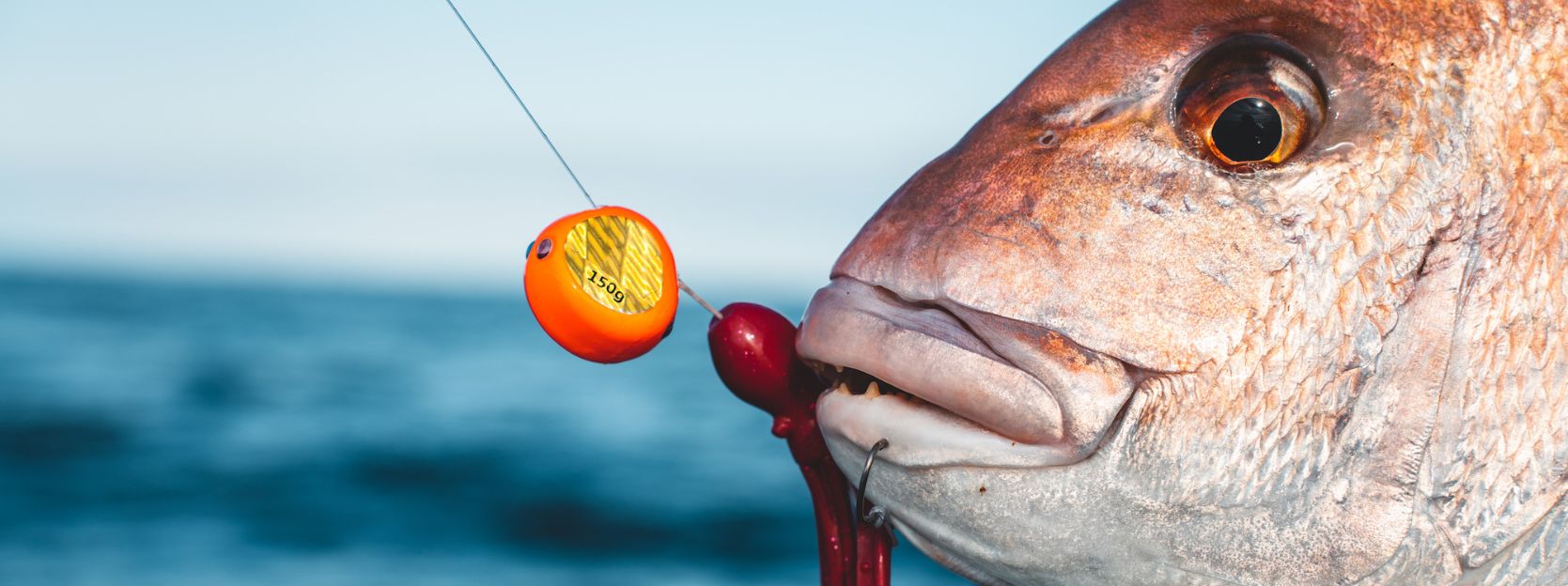
The waters that surround the top of the South Island hold a unique fishery. From bottom bashing for blue cod through to straylining for snapper and jigging kingies. While the summer fishing in Tasman Bay can be fantastic, the winter fishery is what makes it so special! March marks the time of year that our snapper start leaving the shallower waters of Tasman Bay and head for the deeper cooler waters that surround the top of the south. This makes it a prime opportunity to put away the bait and burley and switch over to metal lures such askohga or micro-jigs.

During this time, the snapper move into depths ranging from 40 meters right through to 100 meters plus. The outer Marlborough Sounds is a real hotspot for this style of fishing. If your new to the area, it’s worth doing some research on charts such as Navionics before heading out on the water. Look for changes in the bottom structure such as reefs, banks and drop offs. Once you’ve decided on the area you’re planning to fish, a good quality sounder will help you locate your targets. Don’t necessarily look for the biggest schools of fish, smaller scattered sign sitting above the bottom is far more likely to be active feeding fish. Current is a big factor when it comes to success in this style of fishing, and there’s no shortage of it in the sounds. Try and avoid fishing the biggest tides, small to mid-size tides make drifting over your targeted area far easier. If there’s no current at all you’re generally wasting your time. If you find a patch of fish and can’t entice a bite, try fishing a different location or come back once the tide has changed. Often the initial hour of tide push can bring these fish back on the chew.

When it comes to lures my go to is theDaiwa Kohga. Due to water depth and current you’ll very rarely be able to fish a lure weight under 120 grams, 150-200 grams are the more popular options. The depth and current on the day will vary depending on your chosen location, so it pays to have a good selection of weights onboard. The fast fall rate of theKohga’s help get to the bottom faster reducing the risk of losing gear to the local ‘coutta population! If you’re fishing with others, fish with different colour jigs to key in on what’s working best. Mixing up head and skirt combinations is also worth doing, I’ve found black and orange to be a consistent performer. One of the best kept secrets are theDaiwa Kohga Mega 6 Octopus skirts. These are designed as a straight replacement for the standard Kohga skirt. The larger profile of these skirts seems to consistently attract bigger fish.
The technique is simple, drop straight to the bottom, once there a slow wind up for the first ten meters, then drop back down and repeat. When fishing dawn/dusk or even at night, a ‘hop’ of the rod tip every now and then sends off vibrations, drawing the attention of fish nearby. When you do feel a bite don’t strike straight away, instead keep slowly winding and the combination of a parabolic rod and small sharp hooks will take care of the rest. Striking straight away can often miss fish as they haven’t fully taken the lure.

Using the correct rod and reel set up is necessary to getting the most out of this form of fishing. I prefer using small overhead reels such as theLexa 300HS-P orSaltiga 10H. I find the overhead reels easier to control your line and give more feel at depths, this detect bites better on the drop and helps to reduce your chance of getting caught in the bottom. Smooth drag over strong drag is more important, you don’t need to put much pressure on these fish as they very rarely run you to ground. Rods in the 6’2” to 7’ range with a lure weight of 80-150 grams are perfect. A couple of options are theTD Zero 691HB andSpartan SJB62. This softer, parabolic rod helps with hooking the fish and acts as a shock absorber, this keeps constant pressure on the fish stopping the small hooks from pulling free. A quality thin braid helps cut through the water reducing drag on your line, this will help you get in the bite zone faster. Either a PE1 or 15-20lb braid work well tied to a couple of metres of 30lbDaiwa fluorocarbon leader.
Make the most of those calm winter days and get out and explore the top of the South. If you’re after more information or have any questions, feel free to send me a message and ill do my best to help out!
Doug Clifton
IG: @salty_life_nz




